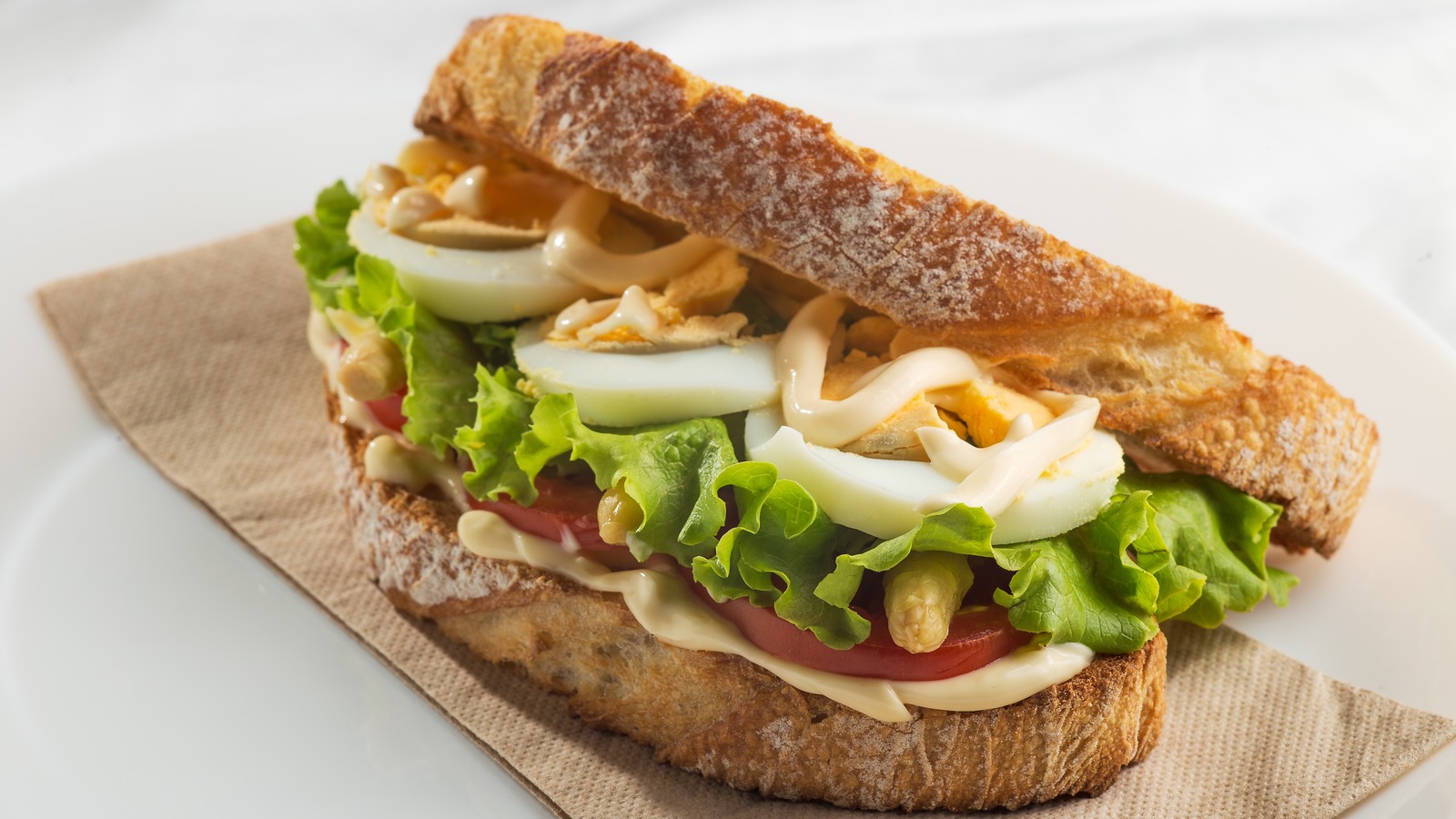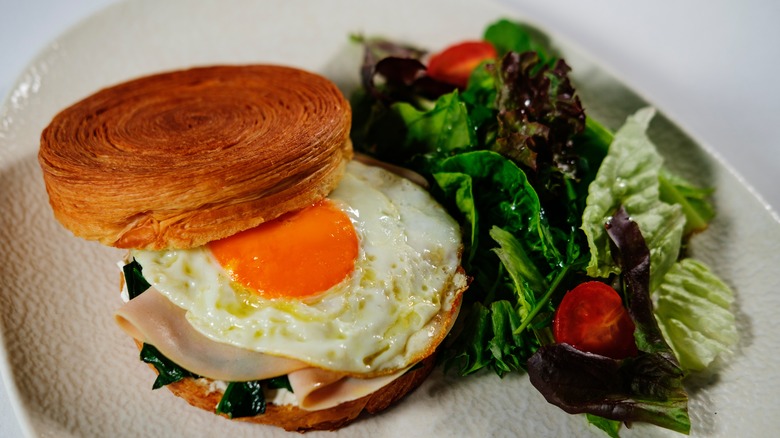When you think of an old-school egg sandwich, chances are you imagine something simple: soft bread, a heap of creamy eggs, maybe a little butter or mustard if you are feeling fancy. But back in 1901, home cooks had a surprisingly sneaky trick up their sleeves to turn this humble sandwich into something quietly luxurious. And it came in the form of a tiny dash of nutmeg!
That’s right. According to vintage recipes, an early 20th-century egg sandwich wasn’t complete without a sprinkle of the same spice we now mostly reserve for pumpkin pie season. It sounds unexpected at first, but when you break it down, it actually makes a lot of delicious sense.
At the turn of the century, ingredients like nutmeg were considered special — imported, aromatic, and just exotic enough to suggest a little everyday luxury. Even the simplest foods were often dressed up with warming spices, partly to liven up otherwise mild flavors and partly because culinary traditions borrowed heavily from European kitchens, where spices like nutmeg were beloved for their savory applications, not just sweets.
In an egg sandwich, nutmeg brings a subtle warmth, a sort of toasty, slightly sweet background note that makes the soft eggs taste richer and more complex. It is not supposed to shout its presence; instead, it whispers, making your taste buds pay just a little more attention.
How to make it work today
Thinking about adding nutmeg to your modern egg sandwich? The key is restraint. We are talking about a light dusting — less than ⅛ of a teaspoon — mixed directly into your scrambled or mashed eggs before you pile them onto your bread. Too much, and suddenly you are at Thanksgiving dinner; just enough, and you will get that lovely, almost buttery richness that makes you pause after the first bite.
Nutmeg especially shines when paired with a little fat and creaminess, so consider layering your eggs with a swipe of mayo, a slice of sharp cheddar, or even some soft herbs like chives or parsley. Want to really lean into the old-school vibes? Try it on soft white bread or a fluffy milk bun, just like they would have done in 1901.
And if you are feeling extra playful, this tiny flavor tweak pairs shockingly well with modern twists like avocado slices, crispy bacon, or even a swipe of spicy mustard. It is proof that sometimes, old-school secrets are exactly what your kitchen needs.






